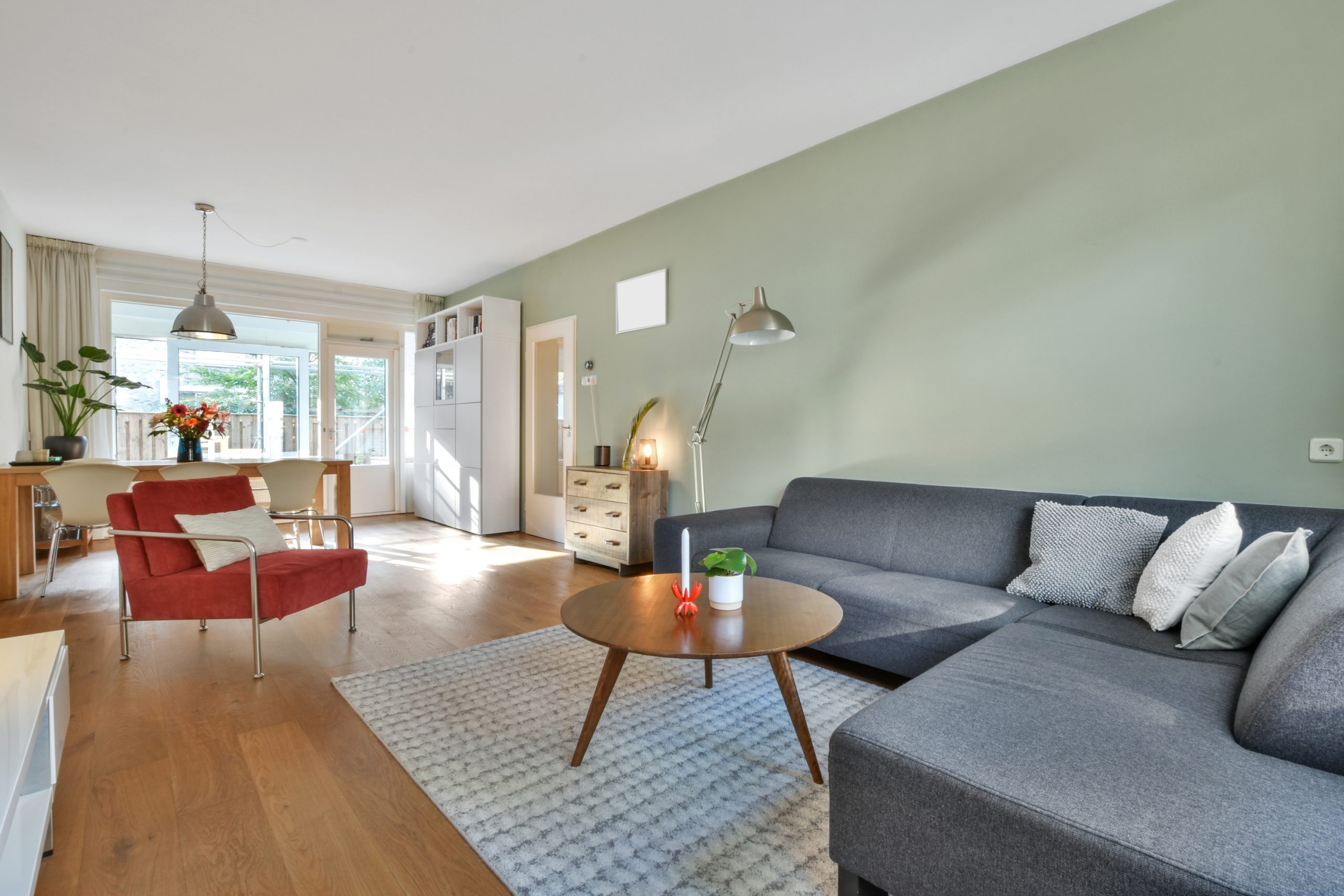In the landscape of interior design, the boundaries between traditional and modern aesthetics are becoming increasingly blurred. What was once considered a clear line between the details of traditional furniture and the sleek minimalism of modern design is now giving way to a fascinating intersection. Can traditional furniture be modernized? Many people may often ask themselves, “Can I mix modern and traditional furniture?”. Let’s dive into this intriguing fusion that marries the elegance of the past with the functionality of the present.
The Fusion of Styles
The fusion of traditional and modern styles in furniture design is a celebration of the best of both worlds. Traditional furniture, known for its intricate detailing and timeless charm, can seamlessly incorporate modern elements to create pieces that are not only visually striking but also functional for contemporary living spaces.
For example, a classic wooden dresser may adopt clean lines and minimalist hardware, giving it a modern twist without compromising its traditional look. This blending of styles allows for a coexistence, where the craftsmanship of traditional furniture converges with the practicality demanded by modern lifestyles.
Traditional Craftsmanship in Modern Contexts
While traditional furniture often boats wood as its primary material, the integration of modern materials can redefine the aesthetic and functionality of these pieces. The juxtaposition of rich, hand-carved wooden details with sleek metal or glass elements can create a visually dynamic composition. Consider a traditional wooden dining table with a glass top or a classic leather-sofa set on a minimalist metal frame. These subtle incorporations of modern materials elevate the traditional furniture, giving it a contemporary edge while preserving its inherent charm.
Adaptability to Contemporary Lifestyles
Traditional furniture designs were often conceived in a time when living spaces and daily routines differed significantly from today’s fast-paced, urban lifestyles. However, the adaptability of traditional furniture to contemporary needs is showcased in its evolution. Modification such as space-saving designs, multifunctional pieces, and ergonomic considerations can be seamlessly integrated into traditional furniture styles. The result is furniture that not only exudes timeless elegance but also caters to the practical demand of modern living.
From Classic to Contemporary
The color palette and finishes play a crucial role in determining the style of furniture. Traditional furniture typically features rich, warm tones and finishes. However, by incorporating a neutral color scheme or experimenting with unconventional finishes like matte, traditional pieces can take on a modern aesthetic. Imagine a classic wooden dresser with a sleek, matte black finish. These alterations in color and finish create a bridge between traditional and modern, allowing for a more versatile interior look.
Conclusion
In the world of interior design, the synergy between traditional and modern furniture is not just possible but is increasingly celebrated. The combination of details, timeless craftsmanship, and functional simplicity demanded by modern living results in furniture pieces that transcend categorization.
As design trends change, the concept of traditional furniture embracing modernity becomes not only relevant but also essential. It is a testament to the enduring appeal of classic craftsmanship and the adaptability of traditional designs to the changing needs of contemporary living. The next time you encounter a piece that seamlessly blends the elegance of the past with the functionality of the present, remember that traditional furniture can indeed be modern.

